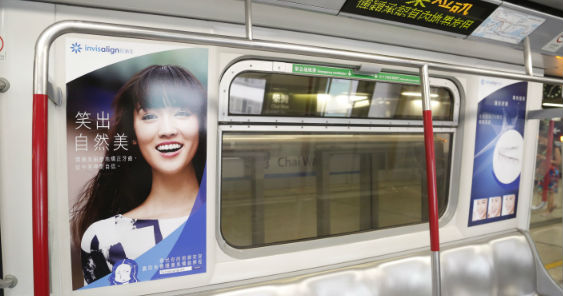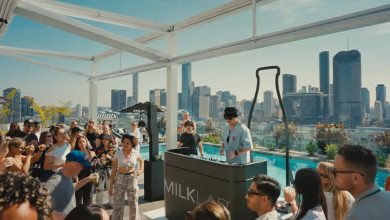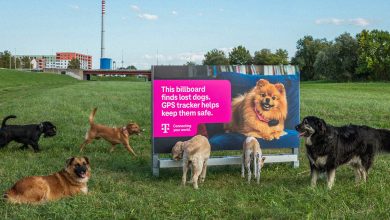HONG KONG – In partnership with Tribal Worldwide Hong Kong, teeth alignment specialist Invisalign is redefining communication in a stale category with an interactive digital activation campaign.
Invisalign appeals to people who choose to live with misaligned teeth over the social stigma of metal braces, carving out a new target group in the teeth alignment category. As a medical device, the patent technology transforms a patient’s teeth alignment experience through a customised, clear aligner that corrects teeth without sacrificing personal appearance, representing a breakthrough solution for the industry.
Tribal Worldwide Hong Kong took on the challenge of driving awareness and conversion for Invisalign among forward-looking consumers willing to invest in their personal appearance, a unique approach in a category that typically speaks to medical professionals only.
Armed with the compelling insight that the target group enjoys taking selfies, often from the same practiced angle, Tribal Worldwide Hong Kong took to Facebook with an interactive game to help people realise how the condition of their teeth impacts their smile and outward confidence.

“Each individual is entitled to a unique smile and the ability to express themselves with confidence,” said Gigi Tsui, Director of Marketing, Invisalign Greater China. “We are excited to join forces with Tribal Worldwide Hong Kong and drive awareness of Invisalign’s life changing solution among our target audience.”
The game scans participants’ profile pictures and smile type with facial recognition technology to assign one in a range of fun smile personalities in the shape of a customised animation. Players can share their smile type with friends or enter a competition for the chance to win a free teeth alignment treatment.
“Invisalign is not only innovative in terms of their technology, but is also unafraid to push the boundaries in a very traditional category,” said Marco Lam, Head of Digital Creative, Tribal Worldwide Hong Kong. “With our interactive game we are able to put selfies to work in helping us establish a connection with our target audience.”
The campaign was launched in mid-July and is supported by online banners, outdoor placements and key opinion leaders.
CREDITS
Agency: Tribal Worldwide Hong Kong
Managing Director & Chief Creative Officer: Carol Lam
Head of Tribal: Leo Tsui
Head of Tribal Creative: Marco Lam
Associate Account Director: Desmond Li
Senior Planner: Adrian Ts’o
Project Manager: Billy Cheung
Senior Copywriter: Joe Ting
Assistant Art Director: Iris Law








